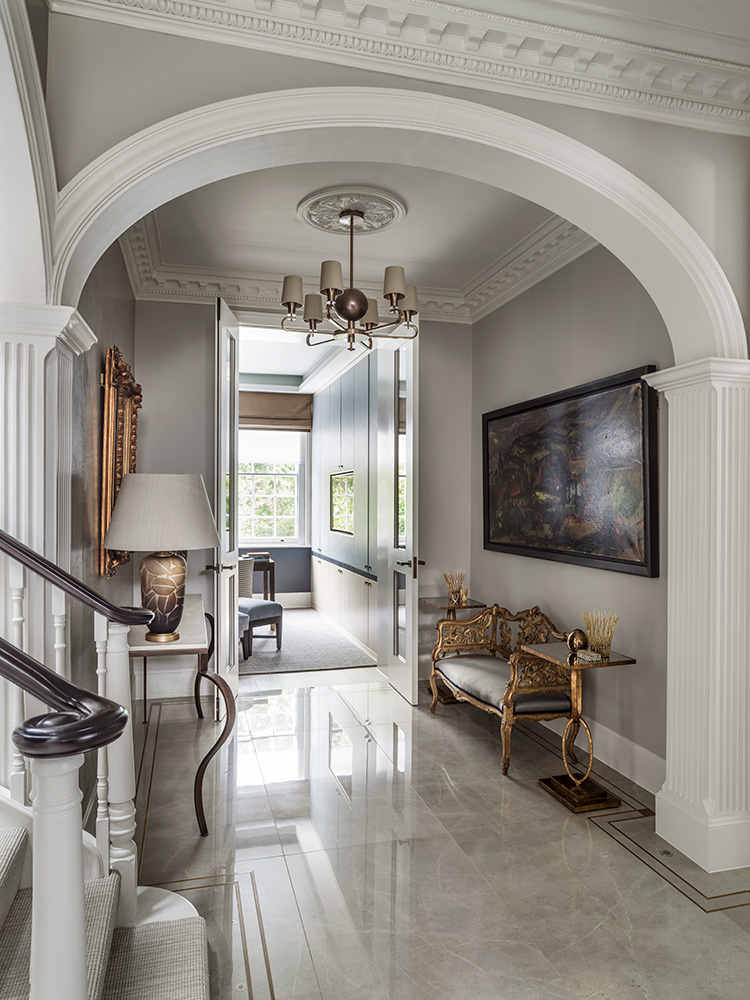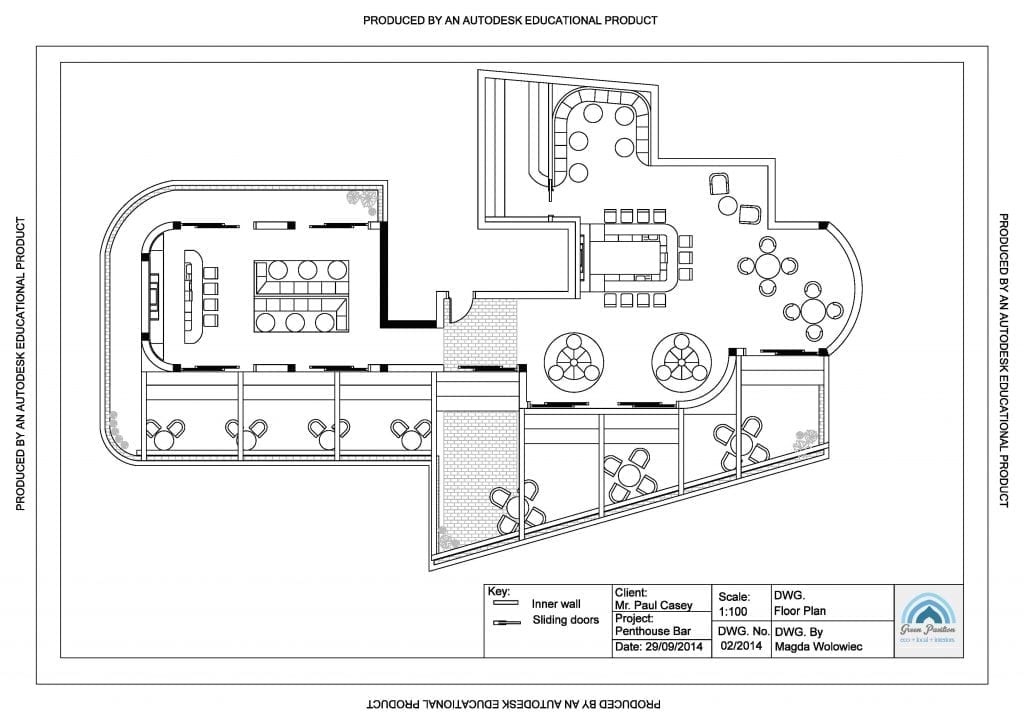Expert Rural Home Styling for a Peaceful Escape
Expert Rural Home Styling for a Peaceful Escape
Blog Article
The Art of Equilibrium: Just How Interior Design and Home Designer Collaborate for Stunning Results
In the realm of home style, striking an equilibrium in between visual appeals and capability is no little accomplishment. This delicate equilibrium is achieved through the unified cooperation in between interior developers and architects, each bringing their distinct experience to the table. The result? Areas that are not just aesthetically stunning but additionally exceptionally comfortable. This excellent blend is not always very easy to attain. Remain with us as we discover the ins and outs of this collective process and its transformative influence on home design.
Comprehending the Core Distinctions In Between Inside Design and Home Design
While both Interior Design and home architecture play vital duties in developing visually pleasing and functional areas, they are naturally various disciplines. Home design largely concentrates on the structural aspects of the home, such as building codes, security guidelines, and the physical building of the room. It deals with the 'bones' of the framework, collaborating with spatial measurements, load-bearing wall surfaces, and roof covering designs. On the various other hand, Interior Design is much more worried with improving the visual and sensory experience within that structure. It includes picking and preparing furniture, picking shade schemes, and incorporating ornamental elements. While they operate in tandem, their functions, obligations, and locations of competence diverge dramatically in the development of an unified home setting.
The Synergy Between Home Style and Interior Layout
The harmony in between home design and Interior Design hinges on a common vision of layout and the enhancement of useful visual appeals. When these 2 areas straighten sympathetically, they can transform a space from normal to phenomenal. This collaboration calls for a deeper understanding of each self-control's principles and the capacity to create a cohesive, aesthetically pleasing setting.
Unifying Layout Vision
Merging the vision for home style and Interior Design can develop an unified space that is both practical and visually pleasing. The balance begins with an integrated attitude; architects and indoor developers work together, each bringing their expertise. This unison of concepts forms the design vision, a blueprint that overviews the job. This common vision is essential for uniformity throughout the home, making sure a fluid change from exterior architecture to interior spaces. It advertises a synergistic approach where building aspects enhance Interior Design elements and the other way around. The result is a natural home that mirrors the house owner's preference, lifestyle, and character. Thus, unifying the layout vision is vital in blending style and Interior Design for spectacular results.
Enhancing Functional Looks
How does the harmony between home architecture and Interior Design enhance useful aesthetics? This harmony enables the development of spaces that are not just visually attractive however likewise comfortably usable. Engineers lay the foundation with their structural layout, making certain that the room is reliable and useful. The interior designer then matches this with meticulously chosen components that improve the aesthetics without endangering the capability. This unified collaboration can lead to homes that are both beautiful and livable. An architect might design a house with large home windows and high ceilings. The indoor developer can after that emphasize these features with sheer curtains and tall plants, specifically, therefore boosting the visual allure while keeping the practical benefits of natural light and spaciousness.
Importance of Partnership in Creating Balanced Spaces
The cooperation between interior designers and designers is pivotal in creating well balanced areas. It brings consistency between layout and design, bring to life rooms that are not only cosmetically pleasing but also functional. Discovering successful collaborative strategies can supply insights into just how this harmony can be effectively achieved.
Harmonizing Layout and Style
Balance, an important element of both interior style and design, can only really be achieved when these 2 areas work in consistency. This collective process results in a cohesive, balanced layout where every aspect adds and has a function to the general visual. Balancing style and architecture is not simply regarding developing stunning areas, yet about crafting areas that function seamlessly for their occupants.
Successful Collective Techniques

Instance Researches: Successful Combination of Design and Architecture
Examining several case studies, it emerges just how the successful integration of Interior Design and architecture can transform an area. The Glass House in Connecticut, renowned for its minimalistic sophistication, is one such instance. Architect Philip Johnson and indoor developer Mies van der Rohe worked together to produce a harmonious balance between the structure and the interior, resulting in a smooth flow from the exterior landscape to the internal living quarters. An additional prototype is the Fallingwater Home in Pennsylvania. Designer Frank Lloyd Wright and interior developer Edgar Kaufmann Jr.'s collective initiatives lead to a stunningly one-of-a-kind house that mixes with its natural environments. These study underscore the extensive effect of a successful style and architecture partnership.

Conquering Difficulties in Style and Style Collaboration
Despite the indisputable advantages of an effective collaboration in between Interior Design and style, it is not without its obstacles. Interaction issues can develop, as both parties might utilize view it now different terminologies, understandings, and techniques in their work. This can cause misconceptions and hold-ups in project conclusion. Another major challenge is the harmonizing act of aesthetic appeals and functionality. Designers may focus on structural honesty and safety, while developers concentrate on convenience and style. The combination of these goals can be intricate. Furthermore, budget plan and timeline constraints usually add pressure, potentially causing rifts in the collaboration. For that reason, efficient communication, shared understanding, and concession are critical to get rid of these difficulties and achieve a unified and effective cooperation.

Future Fads: The Advancing Connection Between Home Architects and Interior Designers
As the globe of home layout continues see to develop, so does the partnership between designers and indoor developers. On the other hand, indoor developers are accepting technical elements, affecting total layout and capability. The future promises a more natural, innovative, and adaptive method to home style, as designers and designers continue to blur the lines, promoting a connection that genuinely personifies the art of equilibrium.
Verdict
The art of equilibrium in home design is accomplished through the harmonious cooperation between indoor designers and designers. Regardless of challenges, this partnership cultivates growth and advancement in style.
While both indoor design and home architecture play crucial roles in producing cosmetically pleasing and functional areas, they are inherently various techniques.The synergy between home design and interior design exists in a common vision of layout and the enhancement of functional aesthetics.Combining the my explanation vision for home design and interior design can produce a harmonious living space that is both functional and aesthetically pleasing. Hence, unifying the layout vision is critical in mixing style and indoor layout for sensational results.
How does the synergy in between home design and interior layout improve functional aesthetic appeals? (Winchester architect)
Report this page